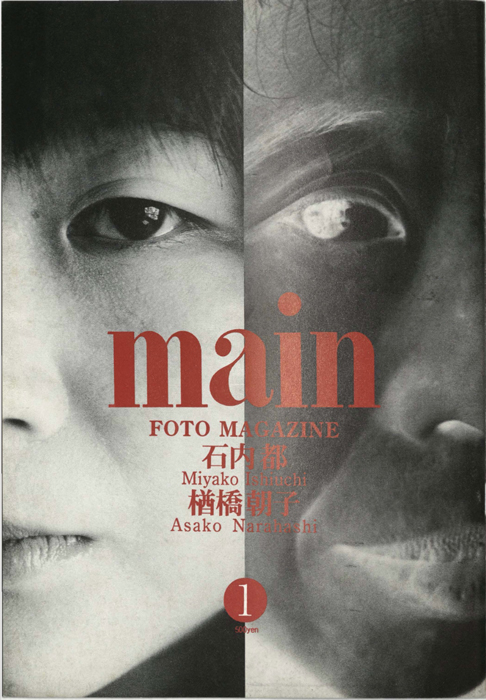primary source
“Dialogue: In Search of Another Hand”
Main
Miyako Ishiuchi and Asako Narahashi

- original document
- Japanese
- publication type
- article
- publication date
- 1996
This document file is downloadable in the original Japanese, with the English translation below.
Show Translation
Translated by Jens Bartel
More Primary Sources
-
“N.Y. ’00”
Main
2000
Miyako Ishiuchi
-
“Ways of Seeing, Ways of Remembering: The Photography of Prewar Japan”
A Century of Japanese Photography
1980
John W. Dower
-
“I Am a Photographer of Attack”
Camera Mainichi
1977
Shoji Yamagishi
-
A Sentimental Journey
1971
Nobuyoshi Araki
-
Foreword
The History of Japanese Photography 1840–1945
1971
Japan Professional Photographers Society
-
“Documenting the War, Part II”
The History of Japanese Photography 1840–1945
1971
Japan Professional Photographers Society
-
“Golden Pictures”
Camera Mainichi
1970
Camera Mainichi
-
“‘Frozen Music’: Densely Textured Time and Space”
Camera Mainichi
1969
Kineo Kuwabara
-
“Recounting the History of Photographic Expression: On the Exhibition A Century of Japanese Photography by the Japan Professional Photographers Society”
Asahi Camera
1968
Asahi Camera
-
Introduction: George Eastman House Collection
Great Photographers of the World: Masterpieces from the George Eastman House Collection
1968
Yoshio Watanabe and Nobuo Ina
showing 1 -10out of 11
Focus on Japanese Photography
Digital Publication
Centered on SFMOMA’s large, diverse collection of Japanese photography from the postwar years to the present, this publication examines the development of the country’s distinctive and innovative photographic culture through the work of key practitioners of the last six decades. Biographical overviews, artist talks, video interviews, and additional resources provide insight into this tumultuous but artistically fertile period, spanning Allied occupation and the escalation of American troops in Japan during the Vietnam War, the country’s spectacular economic growth and subsequent crash in the 1980s, the devastating 2011 Tohoku earthquake and tsunami, and on.
Header image: Naoya Hatakeyama, Blast #13018, 2006 (detail); chromogenic print, 39 3/16 x 59 1/16 in. (99.5 x 150 cm); collection SFMOMA, gift of the Kurenboh Collection; © Naoya Hatakeyama

Generous support for this publication is provided by NIKON. Additional support is provided by The Ray and Wyn Ritchie Evans Foundation and Glen S. and Sakie T. Fukushima.
For more than 100 years, Nikon has pursued new and innovative imaging technology to better our everyday lives, create more beautiful art, and solve some of humanity's greatest challenges. We are proud to support SFMOMA’s Focus on Japanese Photography, which brings the important work and stories of these influential photographers to the world.
For more than 100 years, Nikon has pursued new and innovative imaging technology to better our everyday lives, create more beautiful art, and solve some of humanity's greatest challenges. We are proud to support SFMOMA’s Focus on Japanese Photography, which brings the important work and stories of these influential photographers to the world.
Essays and Artist Talks
-
Distant Relations: Japanese Photography in American Exhibitions in the 1970s
February 2022
Sandra S. Phillips
-
A Century of Japanese Photography: Historical Reckoning and the Birth of a New Movement
February 2022
Kelly Midori McCormick
-
Exhibiting “The End of Modern Photography”: Ten Artists of Contemporary Japanese Photography and Fifteen Photographers Today
February 2022
Rei Masuda
-
Artist Talk: Personal Landscapes
November 2017
Naoya Hatakeyama
-
Introduction
November 2017
Sandra S. Phillips
-
Japan Theater
October 2017
Sandra S. Phillips
-
Artist Talk: About Fukei
September 2017
Naoya Hatakeyama
-
Artist Talk: About My Work
September 2017
Naoya Hatakeyama